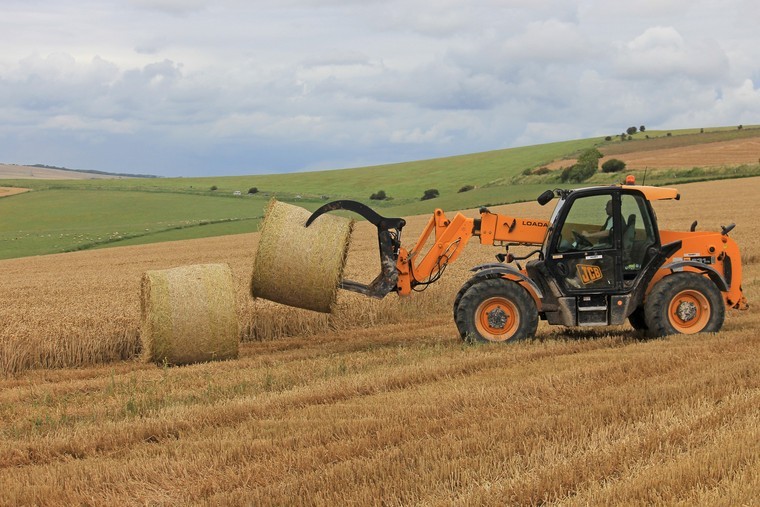More than 75% of the South Downs National Park is farmland and farmers play a critical role in looking after the landscape and its wildlife. Although the UK is in lockdown, their work goes on, caring for the land and providing vital food production to keep the country going in these difficult times.
Now more than 120 farms through six farmer-led groups across Hampshire and Sussex are collaborating on a new online platform to share updates, projects and best practice. The site also showcases the ongoing work of farmers to deliver nature-friendly farming, including providing wildlife habitats such as hedgerows and wildflower margins, to encourage bees, butterflies and farmland birds such as the grey partridge, and improving the quality of soil, air and water.
Bruce Fowkes, Farming Officer for the South Downs National Park, said: “Farming is integral to the South Downs, producing quality food and looking after the landscape that we love and enjoy.
“Well-managed farmland can deliver high-quality food, wildlife, an inspiring landscape, clean water and soil, flood defence and climate change mitigation.
“It’s for all these reasons that we’ve launched this website as a collaborative tool for farmers to showcase their projects and best practice. These are busy and challenging times for farmers, with the UK leaving the EU and quality food production more critical than ever during this global virus crisis. We hope the website will explain the vital role farmers undertake for society and provide an opportunity for people find out more detail about the work that farmers do.”
The South Downs has a number of successful ‘farm clusters’. These are farmer led groups, consisting of farmers, land managers, foresters and other local partners, who work collaboratively across the landscape to achieve more than they are able to do on their own.
There are six farm clusters in the South Downs National Park; the Eastern South Downs Farmers Group, Arun to Adur Farmers Group, Rother Valley Farmers Group, South Downs Farmers Group, Selborne Landscape Partnership and the Winchester Downs Farm Cluster. They range in size from just under 5,000ha to over 30,000ha and have anywhere between 10 and 45 members.
The South Downs National Park is also working with farmers and the farm clusters to contribute to the development of the Government’s new Environmental Land Management Scheme (ELMS). Through a series of tests and trials, the aim is to provide feedback from the farming community to ensure that future agricultural policies and support ensures the production of quality local food can sit alongside sustainable land management that also helps combat climate change and biodiversity decline.
Colin Hedley, Cluster Group Facilitator for the South Downs National Park, said: “The creation of farmer-led groups aiming to deliver environmental benefits at a landscape scale is one of the most exciting developments in how we manage the countryside in recent years. Many farmers are keen to explore opportunities for enhancing the environment as a core part of their farm business alongside food production. They’re able to deliver major benefits to protect their local communities from the effects of climate change, such as through carbon storage in soils and trees, and holding water on farmland to reduce flood risk.
“The South Downs Farming website is an excellent way of promoting the work of local farmers to local residents at a time when we need to build strong partnerships between those who manage the land and the majority who are reliant on the essential services it can deliver.”




